Allium – How to Plant and Grow |
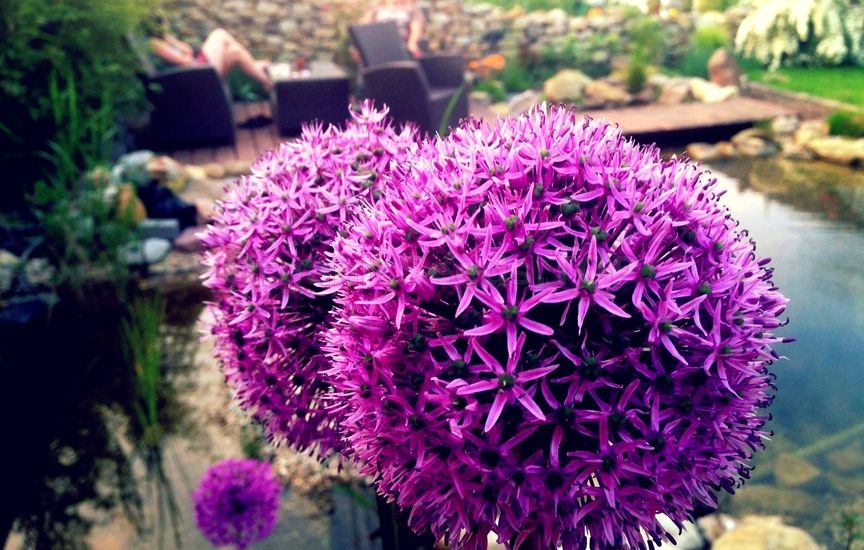 The allium is an eye-catcher in every bed: Many little blossoms in bright colors agglomerate on a strong peduncle to a big round florescence, which reminds of an exploding firework. The allium is an undemanding plant that gorgeously flourishes with the right fostering. You will learn in the instructions which kinds of the allium there are and how they are optimally fostered. Plant Profile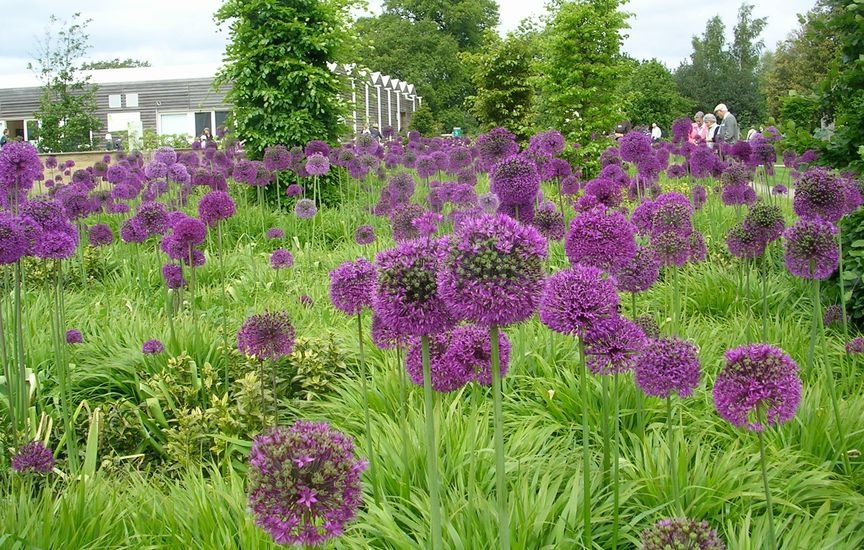
To the type allium belong next to the popular food plants and spices also multiple attractive ornamental plants, which elate with their imposing ball-shaped florescence. These mostly consist of many little star-shaped blossoms that can be colored white, yellow, magenta or blue for instance. 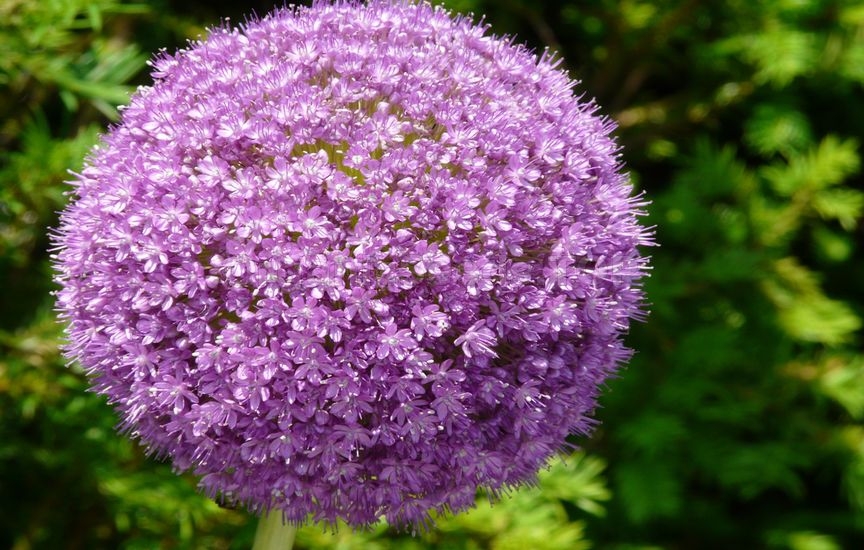 The plants have a short growing season and are comparably easy to care about. Under good conditions they grow rapidly. The fostering instructions show how the allium is optimally fostered and which special demands the different kinds make on the gardener. The allium is closely related to garlic, bunching onions, chive and wild garlic. Many kinds exude a similar spicy smell, if the peduncles are injured. In the wild form the onion family has its origin mostly in Asia, but it spread up to Europe and North Africa in the course of the centuries. The cultivated allium decorates today many beds especially in Central Europe. Care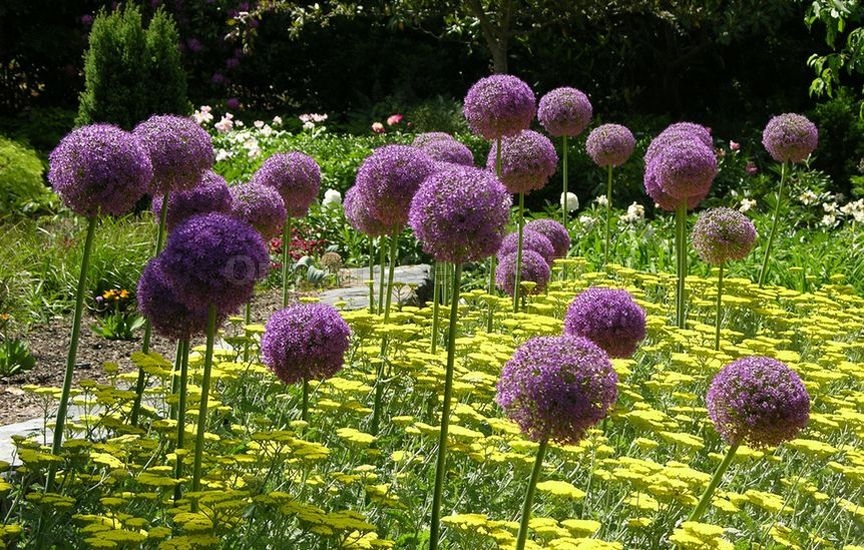 The allium grows in the bed, pot or bucket. Under good conditions it already grows up to a beautiful plant with little fostering.
Location The allium can bear a lot of sun and it especially grows well and exuberantly in sunny to very sunny locations.
Substratum The allium grows best in eutrophic, loose substratum that is permeable to water. In its wild form the allium grows in soils of mixed forests that are rich in humus – the better the soil in the bed or bucket copies this soil in nature, the better the plant develops and the faster it reproduces itself.
Planting The hardy allium should be planted in fall, at best during September and November, since it is a cold-germination plant. The plant sprouts at low temperatures and blossoms in the following spring. Non-hardy kinds are planted not before spring.
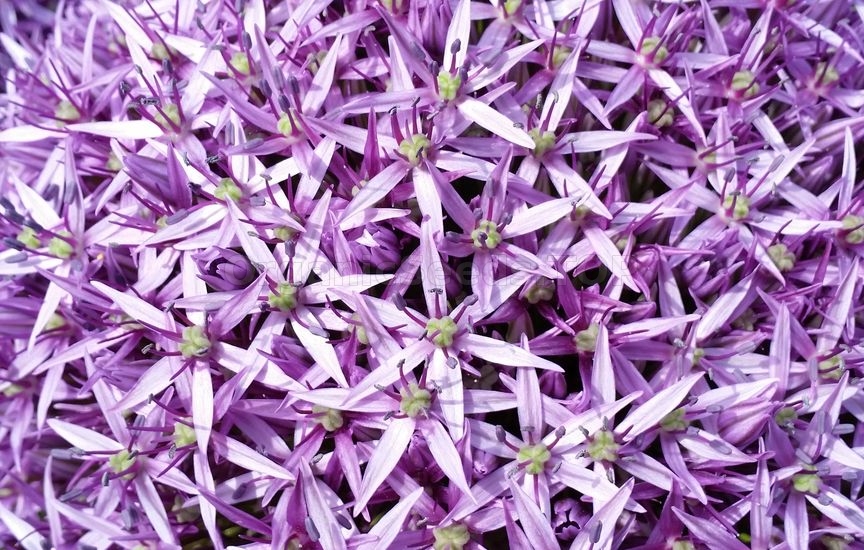 Kinds with a bigger florescence should be planted in intervals of 25 to 40 centimeters, so that the allium can flower out without any problems. Smaller kinds can be planted respectively in smaller intervals. Watering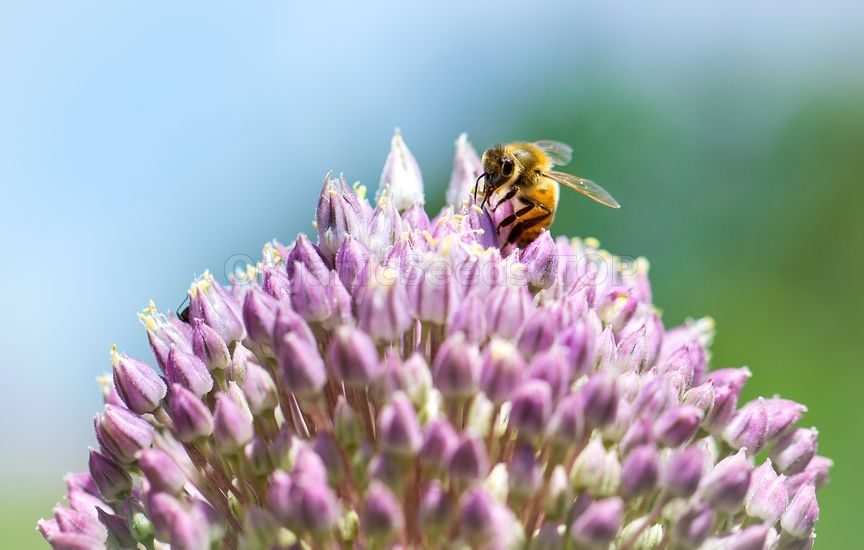 The allium only has to be watered moderately, since it originates from a rather dry area. Moist soil and dammed-up water should be avoided at any time. That is why water-permeable substratum is important. Also in the pot or bucket, excess water has to have the possibility to drain off easily. The allium needs the most water during spring.
Fertilizing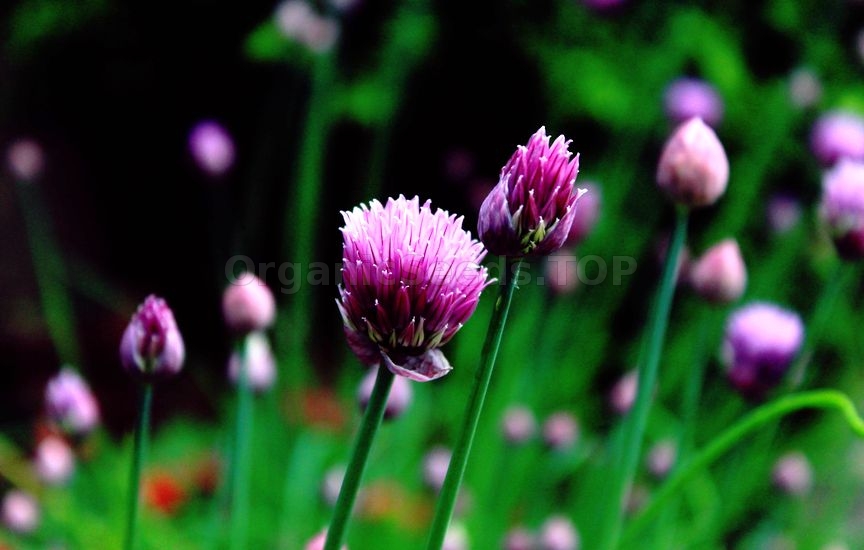 The allium needs a lot of plant nutrients from spring on up to the blooming period. Because of that it should be fertilized for the first time as soon as the winter is over. Organic compound fertilizer, which is raked into the soil, is especially good to use for this. The plant should be supplied with a handful of fertilizer in regular intervals. Alternatively, the soil, in which the allium is growing, can be mixed with compost.
Cutting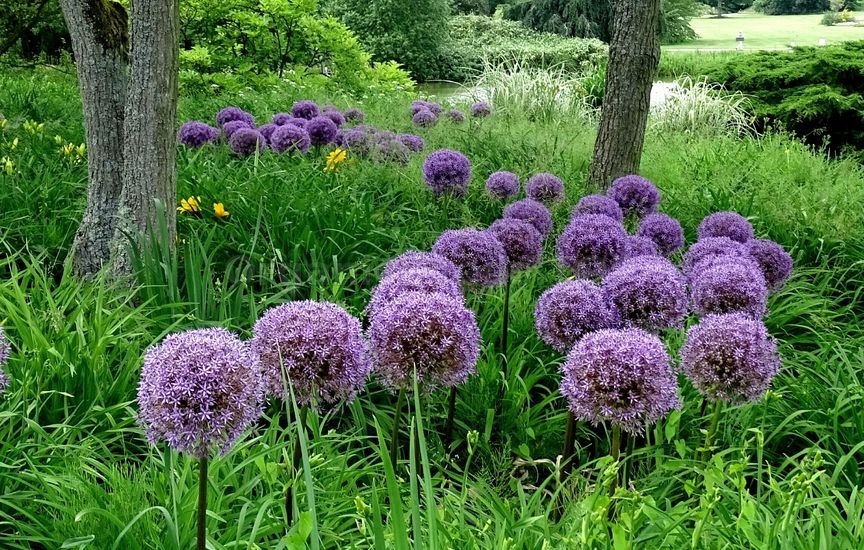 The growing plant should not be cut in any case. Some kinds tend to let their leaves begin to become yellow already before the blooming period. Despite that these leaves cannot be removed. If that is bothering you, you can plant between the high-growing allium some flat, ground covering plants.
Good to use for this are for example:
That way the withered leaves of the allium are covered. Also the withered leaves cannot be cut off immediately. The allium transports nutrients from the blossom in the onion, where they are stored. The removal of the withered leaves would interrupt this important process. Since the dry florescence often still looks attractive, that should not be a problem. Only if all visible parts of the plant are withered, they can be removed carefully. Overwintering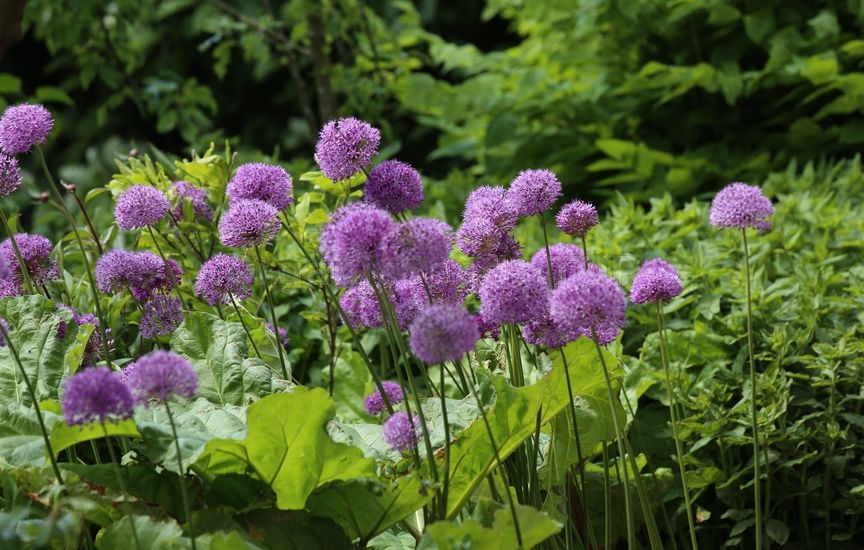 The onions of the hardy kinds can stay outside in the bed or pot during the winter. It makes sense to cover them with some brushwood in order to protect them from rain or snow. That way excessive moisture and the resultant rotting are avoided.
Non-hardy allium should be taken out of the soil before the first frost and should be stored inside in a cool and dry place. Allium, which grows in a smaller pot, should be moved to protected place for the winter. In the beginning of spring the onions can be planted and the pots can be put outside again. Reproduction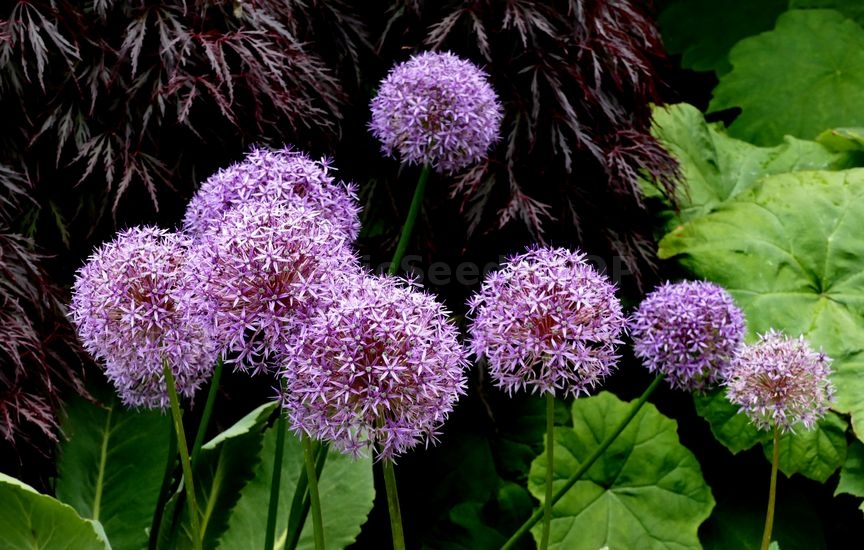 The eagerly growing allium reproduces itself quickly and often uncontrollably. You can interfere in the following way:
The allium produces capsules, in which ball-shaped, black seeds ripen. After the blooming period these capsules burst open, so that the seeds fall on the soil. In this way the allium reproduces itself uncontrollably. Anybody who wants to avoid that needs to simply cut off the capsules before the ripeness. In this case however the seeds cannot be used for rearing anymore. 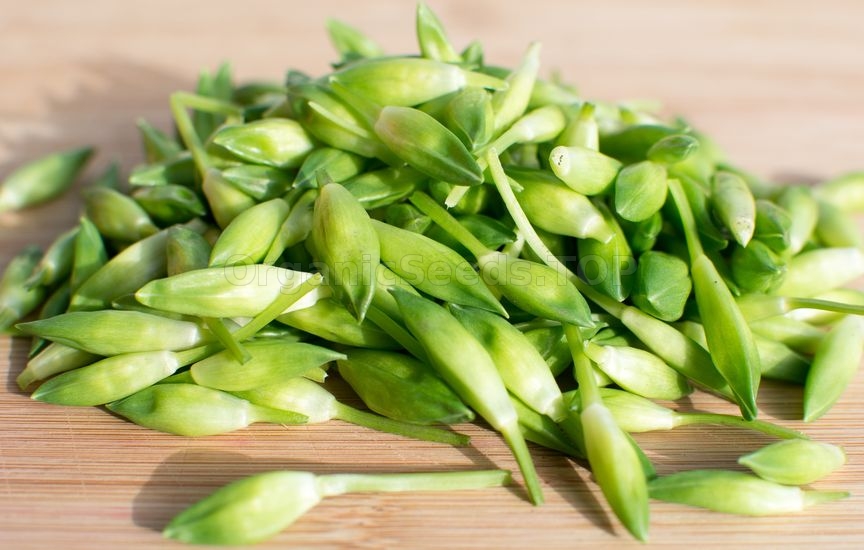
Anybody who wants to reproduce his/her allium, should do this with small bulblets. These are produced on the edge of the mother onion and can be removed carefully. For this you need to dig out the mother onion at first. The small bulblets are then planted separately in order to them space for development. It mostly takes two to three years until the young plant flowers for the first time. 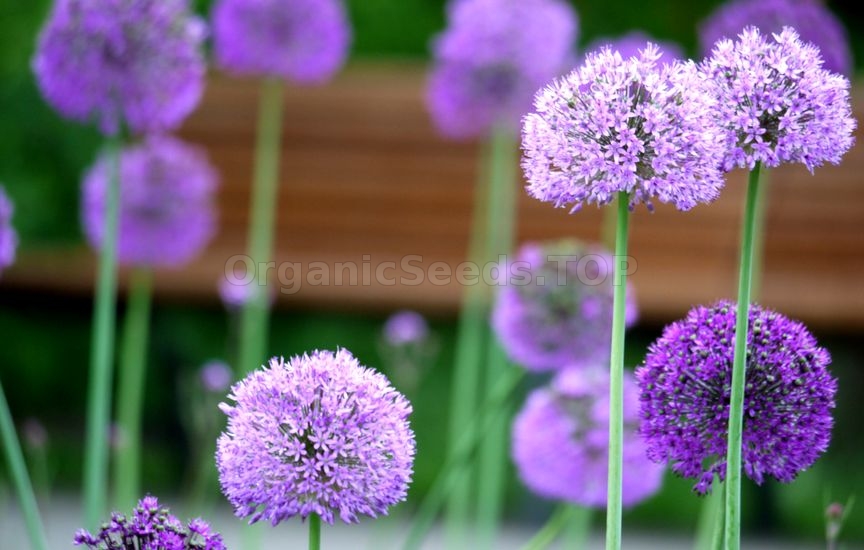 |
|
|
